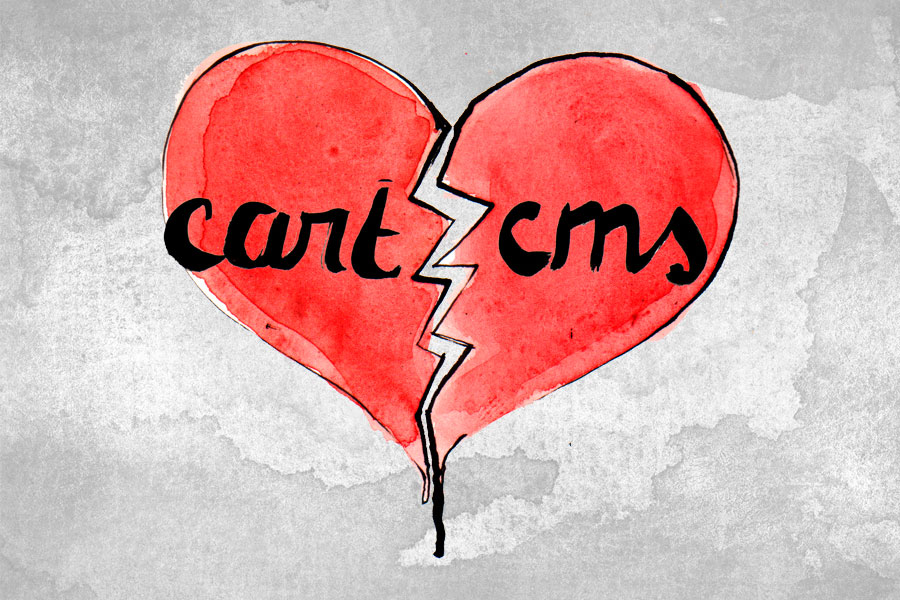The Dark Corners of Regex: Passive Groups
If you’re a regex nerd like I am, you probably take pride in knowing all sorts of neat syntax to add to your patterns. My current favorite is the negative lookbehind, because like I said, I really am that big a nerd.
Even with my longstanding love of regex, however, I was unaware of a tiny but handy little bit of functionality called “passive groups”. It’s just like a regular group, but it doesn’t create a backreference (ie. it’s effectively discarded once the match is made).
An Example of Passive Groups
A pattern with a regular group (([^“\’;]+)), which creates a backreference for later use:
import ["\']?([^"\';]+)["\']?;
That pattern will match import statements in CSS, but it won’t match an “old style” import statement:
import ”style.css“; /* will be matched */
import url('style.css'); /* will not be matched */
So we need to optionally match the “url()” bit, but we really don’t need that little bit to create a backreference. In comes the passive groups:
import (?:url\()?[”\’]?([^“\’;]+)[”\’]? (?:\))?;
Notice the passive group is (?:match), versus (match). A nice benefit is that you can modify your patterns without needing to change any code that uses the backreferences.
I wouldn’t blog about it if Google had any idea what it was, but somehow there’s almost nothing (seriously) about “passive groups” in a Google search.
¡Fin!



